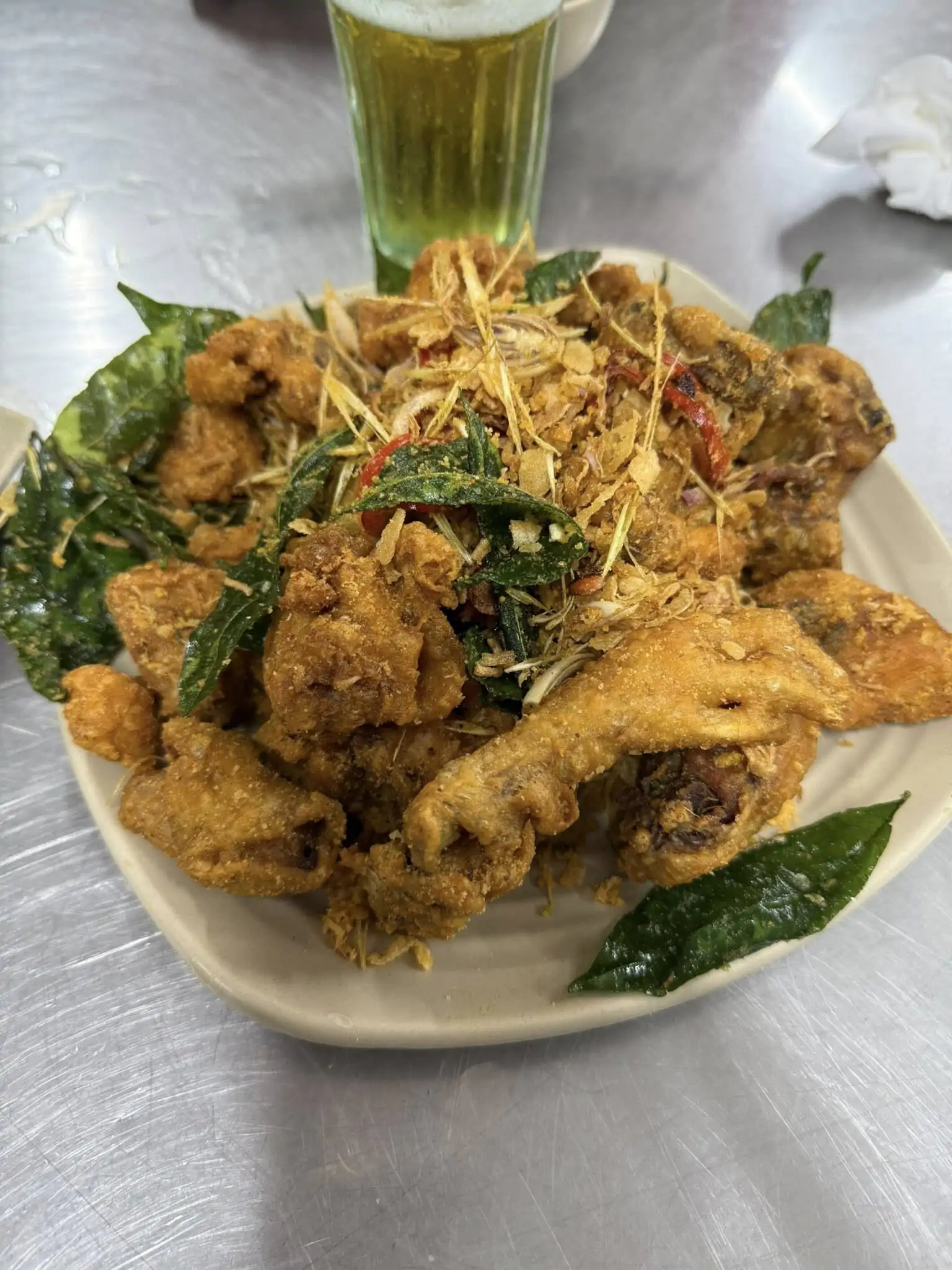Contents
Phu Quoc Prison in the Idyllic Torture Island of Vietnam
Vietnam is renowned not only for its diverse cuisine and culinary delights but also for its unique and captivating tourist destinations. Among these, Phu Quoc stands out as a must-visit location, often referred to as the Pearl Island of Vietnam. It’s a place that every traveler dreams of exploring during their holidays. Phu Quoc is not only the largest island in Vietnam but also a significant historical site that showcases the colonial regime’s impact, particularly evident at Phu Quoc Prison. This prison, located on Provincial Road No. 46, about 2 km from Bai Khem Resort, bears witness to the brutalities inflicted by French and American troops on Vietnamese soldiers.

1. Location and Visiting Information
Address: 350 Nguyen Van Cu, An Thoi commune, Phu Quoc Island District, Kien Giang Province.
Opening Hours: 8:30 am – 11:30 am and 1:30 pm – 5:00 pm.
Recommended Duration: 1-2 hours.
Entrance Fee: Free, but a tip for the tour guide (100,000 – 200,000 VND) is encouraged, depending on the group size.
Website: phuquocprison.org
1.1 Historical Significance of Phu Quoc Prison
Known as “Coconut Tree Prison,” Phu Quoc Prison is located in An Thoi Town, Phu Quoc District, Kien Giang Province. This historic site is a poignant reminder of the Vietnamese people’s resilience and struggle against the French colonialists and the American Empire. It serves as a powerful testament to the hardships and the unyielding spirit of the Vietnamese soldiers during these tumultuous periods.
During the war, the colonial and imperial regimes, along with their collaborators, imprisoned countless Vietnamese with ruthless and barbaric methods. The prison held over 32,000 inmates during the Republic of Vietnam era. Today, visitors can see artifacts and learn about the sacrifices made by these martyrs, highlighting their determination and patriotism in the quest for independence and sovereignty.
1.2 Atrocities and Conditions
In Phu Quoc Prison, inmates were subjected to horrific tortures, such as nailing hands, feet, and heads, burning with hot wires, drilling teeth, and even being thrown into boiling water or buried alive. Between June 1967 and March 1973 alone, the prison saw over 4,000 deaths and tens of thousands of injuries. Visiting this site today allows travelers to grasp the physical and emotional pain endured by the prisoners.
2. Best Time to Visit Phu Quoc Prison
The optimal time to visit Phu Quoc Prison is between November and June when the island enjoys cool, fresh weather with minimal rain. This period is perfect for exploring the prison and other attractions on the island.
2.1 Highlights of Phu Quoc Prison
Phu Quoc Prison covers an extensive area of 400 hectares and is divided into 12 zones, each containing numerous buildings, including tiger cages and solitary confinement cells. Key areas to visit within the prison include:
- Prisoner Graveyard: A somber reminder of the many lives lost.
- Kien Van Church: A place of worship within the prison grounds.
- Exhibition House of Relics: Displays artifacts and documents related to the prison’s history.
- Monument to Martyrs: Honors those who sacrificed their lives.
- B2 Section: Recreates the conditions of the original prison with lifelike mannequins and displays, providing a visceral understanding of the prisoners’ experiences.
2.2 Visitor Experience
In the B2 Section, the reenactments with human-sized dolls bring the past to life, showing the extreme suffering endured by the inmates. More than 40 types of brutal torture were used, which are depicted in detailed displays. The martyrs’ cemetery nearby honors the communist soldiers who bravely faced such horrors.
2.3 Importance of Phu Quoc Prison
Phu Quoc Prison is not only a historical monument but also an essential tourist destination on Phu Quoc Island. It attracts visitors who come to witness the remnants and artifacts preserved in their original state. The site serves as a powerful reminder of the past, educating visitors on the spirit of freedom and independence that remains central to Vietnamese identity.
3. Getting to Phu Quoc Prison
Phu Quoc Prison is located 28 km south of Duong Dong town center and 2 km from Khem Beach Resort. For convenience, visitors are advised to rent a motorbike or car in Duong Dong town. Several rental shops offer reasonable prices for vehicles, making it easy to explore the island.
4. Tips for Visiting Phu Quoc Prison
When visiting this historical site, it’s important to dress respectfully. Avoid touching or moving any artifacts to preserve their condition. Since August and September are the rainy months, it’s best to plan your visit outside this period. Remember to bring sunscreen and a jacket for outdoor exploration.
Educational and Historical Value
Phu Quoc Prison is a poignant destination for both domestic and international tourists. It offers an educational experience, allowing visitors to reflect on the harsh realities of war and the indomitable spirit of those who fought for Vietnam’s independence. This site is a powerful symbol of the country’s history, showcasing the patriotism and resilience of the Vietnamese people.
Phu Quoc Prison is an integral part of Phu Quoc Island’s heritage, illustrating the brutal history of war and the courage of Vietnamese soldiers. It’s a place of profound historical significance, offering visitors a chance to understand and appreciate the sacrifices made for the freedom and independence enjoyed today. As Phu Quoc continues to develop as a premier tourist destination, Phu Quoc Prison remains a must-visit for anyone seeking to connect with Vietnam’s rich history.

























